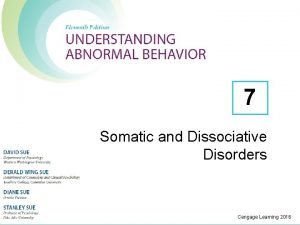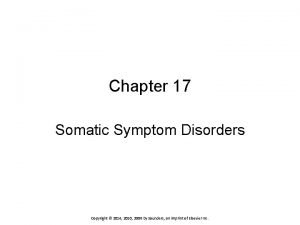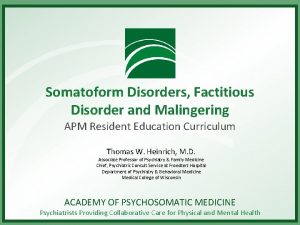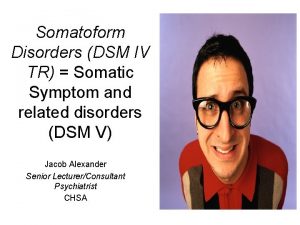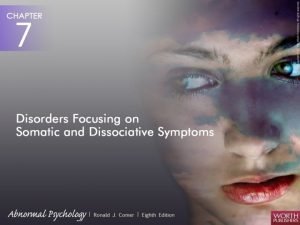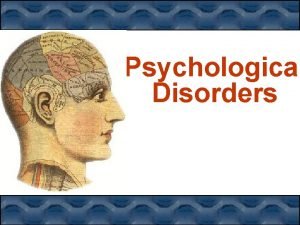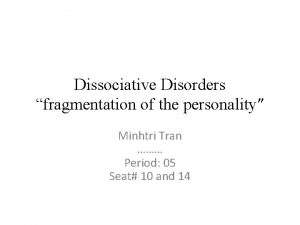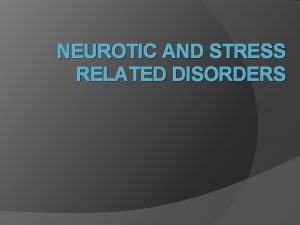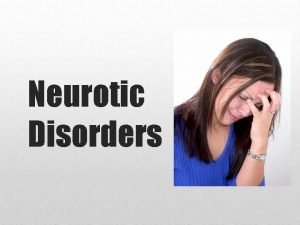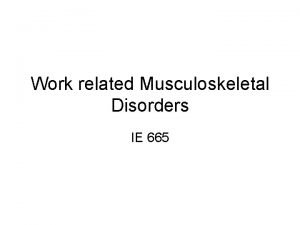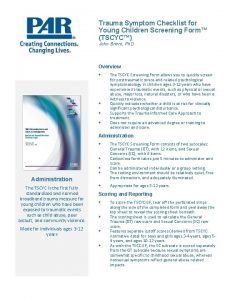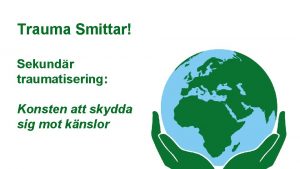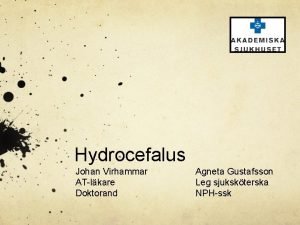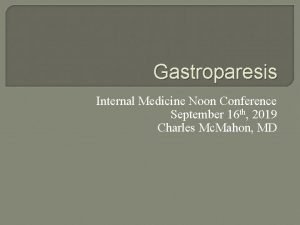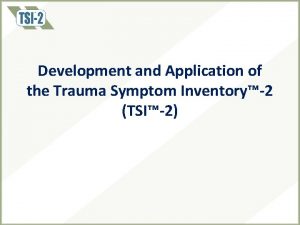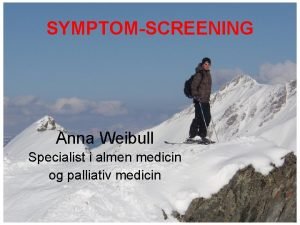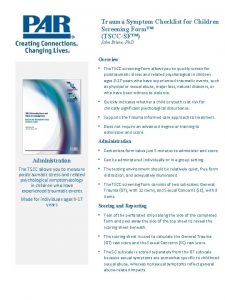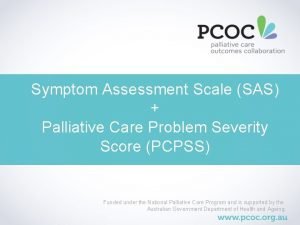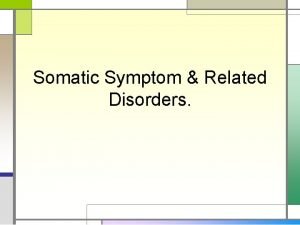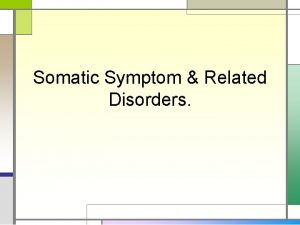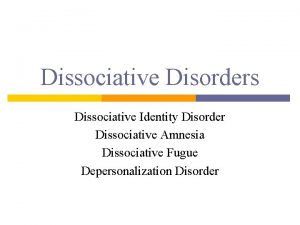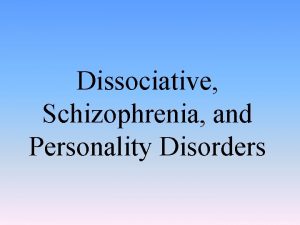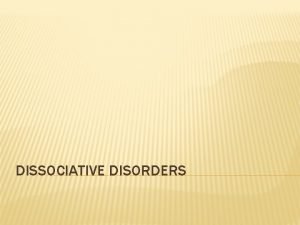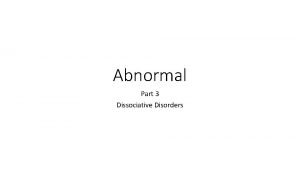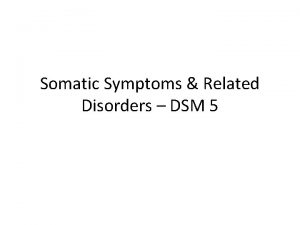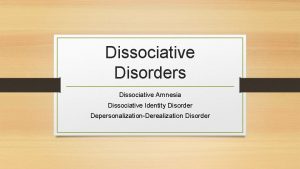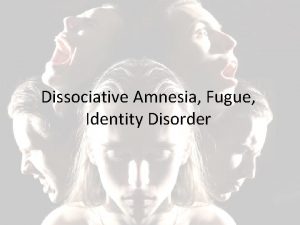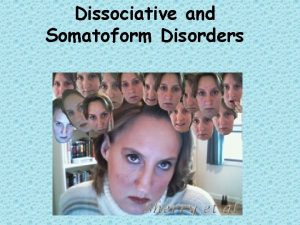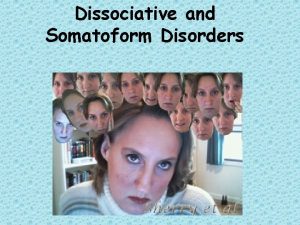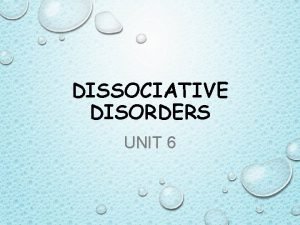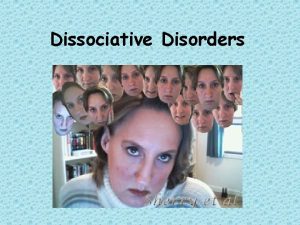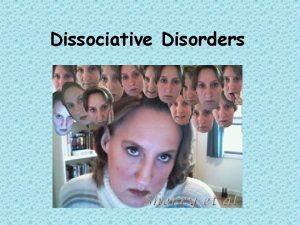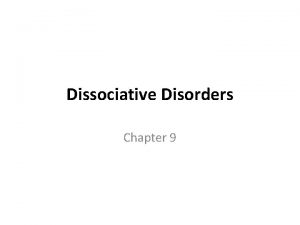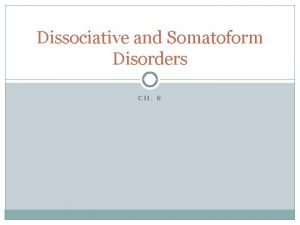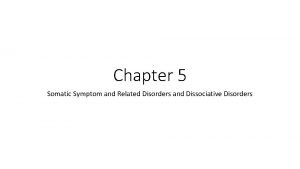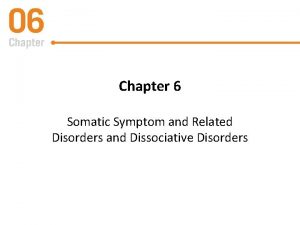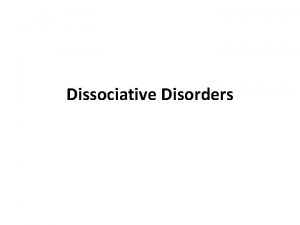Somatic Symptom and Related Disorders Chapter 9 Dissociative




























- Slides: 28

Somatic Symptom and Related Disorders Chapter 9 Dissociative and Somatic Symptom Disorders

Module Objectives What are Somatoform Disorders? -What are some forms of somatoform disorders? What are the causes for these disorders? How can they be treated?

Somatic symptoms involving _________________ _________

Somatic Symptom Disorder involves physical __________________________________________ People with this disorder think to a disproportionate degree about the seriousness of their symptoms. - They feel extremely anxious about them, and spend a great deal of time and energy to the symptoms or their concerns about their health.

Illness Anxiety Disorder is a somatic symptom disorder characterized by the _____________________________ People with this disorder fear or mistakenly believe that ________________________________________

I think I’m dying… Illness Anxiety Disorder ___________________ ____

The fear or idea is based on the misinterpretation of ___________________ ______

Overwhelming Fear and Panic They easily become alarmed _______________________ ______ - to rule out or treat their exaggerated or imagined illnesses. “I have a headache…I must have a brain tumor!”

Does assurance from doctors reduce this worry?

__________________________________ ________ People with Hypochondriasis often see many doctors, looking for someone to confirm the illness.

Who does this disorder affect? The prevalence of this disorder in the general population is not fully known, it is approximated that this effects about _____________ Throughout history this disorder was typically associated with women as a “hysterical” disorder. - ______________________________________________

The development and course is unclear. This disorder is believed to be ______________________________ _____ It is widely agreed that Hypochondriasis is a disorder of cognition or perception with strong emotional contributions.

People with this disorder also _______________________ This causes them to become quickly aware and frightened of any possible sign of illness.

Because Illness Anxiety Disorder is new, _______________________________ ___ Anxiety disorders, as well as depressive disorders, were commonly comorbid with Hypochandriasis: - ____________________________________________________ _________ Approximately _______ of people with this disorder have another disorder present. - Higher risk for somatic and personality disorders

Treatment CBT focuses on identifying and challenging illnessrelated misinterpretations and showing patients how they can create symptoms by focusing attention on certain body parts. Medications are seldom used, but SSRI’s may be considered.

Conversion Disorder __________ ___ This term was made famous by Freud, who believed the anxiety resulted from unconscious conflicts that was “converted” into physical symptoms.

Conversion disorders (Functional Neurological Symptom Disorder) Conversion disorders _________________________________ ______ Clients with conversion disorder show a wide range of physical ailments: - _______________________________________ ___ Weakness Disturbances of speech ____________________

Those who report blindness often can avoid objects in their visual field, as well as those reporting paralysis of the legs might get up and run somewhere in an emergency and are astounded they were able to do this. -This can account for some who are miraculously “cured” during religious ceremonies.

Statistics Conversion disorders are relatively rare in mental health settings, often because people with these symptoms are more likely to consult a neurologist or specialists. It was concluded that environmental stress, especially sexual abuse, are common among children and adolescents with conversion disorder (Roelofs et al. , 2002).

Unlike conversion disorders that are not under the person’s physical control, _____________________ for some form of gain. ________________

Factitious disorders _____________________not for the purpose of any particular external gain to become a patient. - No apparent gain except ____________ - Commonly referred to as Munchausen’s Syndrome Estimated that ~1% meet criteria for this disorder - The course

Patients with factitious disorders_____________________ of a physical or mental illness by a variety of methods - Contaminating urine samples with blood - Taking hallucinogens - Injecting themselves with bacteria to produce infections

Factitious Disorder Imposed on Another (Munchausen’s syndrome by proxy) This disorder is a factitious disorder, but really an atypical form of child abuse. The parent may resort to extreme tactics to create the _________________________________________________

The caregiver may exaggerate, fabricate, or induce symptoms. Children effected are typically preschool age, although there have been reported cases in children up to 16 years old.

Who does this disorder effect? There are equal numbers of boys and girls, however, 98% of the perpetrators are female.

Treatment Few studies have evaluated the effectiveness of treatment, but the principle strategy is to identify and attend to the traumatic/stressful life event, if it is still present and remove the sources of ______________

Psychological Factors Affecting Medical Conditions Disorder in which clients have a medical disease or symptom that appears to _________________________________ Clinical examples: - _________________________ - Denial of need for treatment for acute chest pain - ___________________________________________________

What’s Next? Dissociative Identity Disorders
 Chapter 29 somatic symptom and dissociative disorders
Chapter 29 somatic symptom and dissociative disorders Dissociative
Dissociative Chapter 17 somatic symptom disorders
Chapter 17 somatic symptom disorders Somatization disorder dsm 5
Somatization disorder dsm 5 Somatoform disorders
Somatoform disorders Factitious disorder
Factitious disorder Primary gain
Primary gain Dissociative disorders
Dissociative disorders Types of dissociative disorders
Types of dissociative disorders Dissociative fugue
Dissociative fugue Bipolar and other related disorders
Bipolar and other related disorders Bipolar and other related disorders
Bipolar and other related disorders What is neurosis disorder
What is neurosis disorder Neurosis
Neurosis Work related musculoskeletal disorders definition
Work related musculoskeletal disorders definition Physical fitness is of two types
Physical fitness is of two types Fitness related images
Fitness related images Thermoreceptors
Thermoreceptors Trauma symptom checklist for children™ screening form
Trauma symptom checklist for children™ screening form Obearbetade trauman symptom
Obearbetade trauman symptom Obstruktiv hydrocefalus
Obstruktiv hydrocefalus Gastroparesis cardinal symptom index calculator
Gastroparesis cardinal symptom index calculator Trauma symptom inventory 2
Trauma symptom inventory 2 Palliative care programme
Palliative care programme Esas symptom assessment
Esas symptom assessment Bullerskada
Bullerskada Pqrst symptom analysis
Pqrst symptom analysis Tscc score sheet
Tscc score sheet Sas palliative care
Sas palliative care

